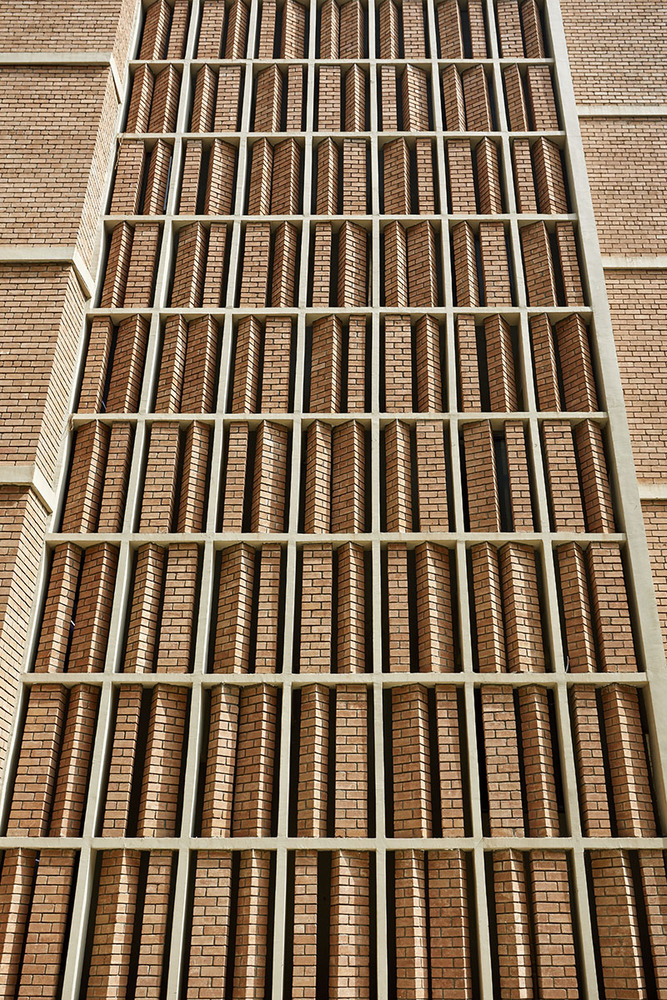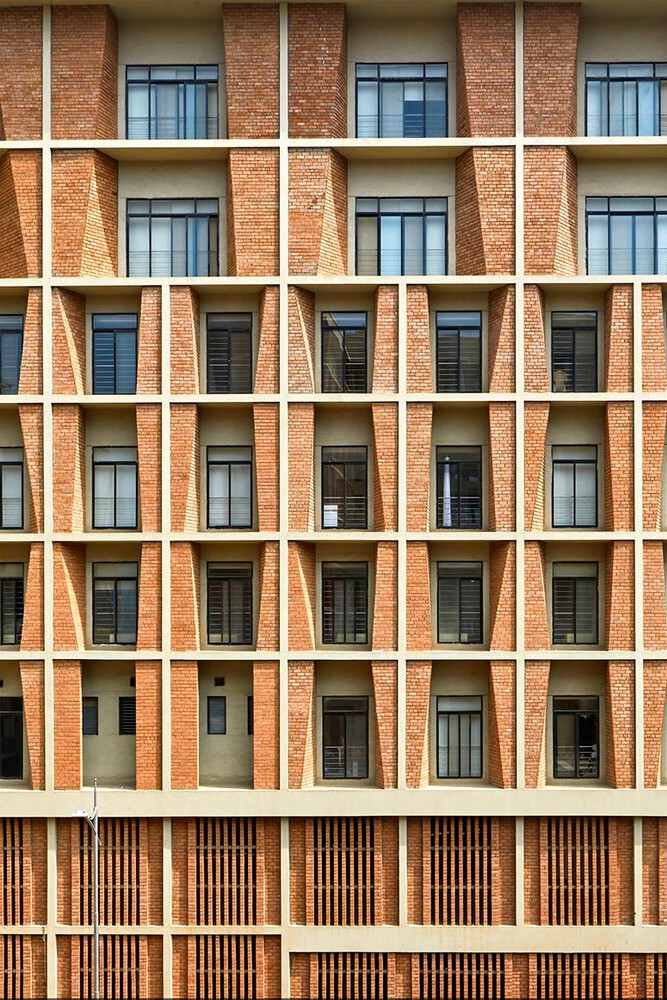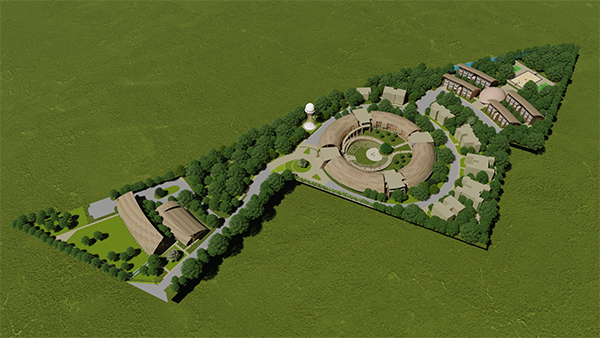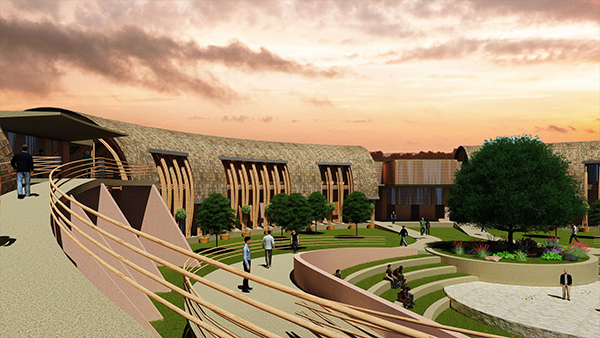
The heat waves that have hit India in recent years highlight a problem that, though it has recent roots, is already being addressed with old solutions. Western building styles have become common in Indian cities in recent decades and are being blamed for rising urban temperatures.
On the other hand, amid this warming scenario, a trend is gaining strength: a return to traditional construction techniques, which are more adapted to the local climate and offer a sustainable solution for the future.
Today, India has 461 million people Living in urban centres. This intensive urban development is proportionately accelerating the impressive pace and scale of construction, leaving the country vulnerable to major climate impacts.
The situation is further worsened by the increase in carbon footprint, as the building and construction sector is the largest emitter of greenhouse gases in the world, represents 37% of global emissionsAccording to the United Nations Environment Programme (UNEP), the widespread adoption of the “modern international style” in Indian construction has further worsened the situation.
For example, Mumbai recorded temperatures in April 2024 that had not been seen in 15 years, more than 40°C. Western-style buildings, with their glass and concrete façades, not only retain heat but also increase reliance on air conditioning, creating a vicious circle that further exacerbates urban heating.
Traditional Indian buildings have always been adapted to the local climate. Older buildings included architectural solutions such as screened windows (“jaalis”) and balconies (“chhajjas”), which allowed for air circulation while blocking the sun’s heat. Since the 1990s, the pressure to modernise brought global architecture, which, while visually appealing, proved ineffective in India’s tropical climate.


The good news is that a new generation of Indian architects is rediscovering local materials and techniques to create fresh, eco-friendly buildings. The use of compressed clay bricks, rammed earth and bamboo is on the rise, not only reducing carbon emissions during construction but also providing natural thermal comfort.
A notable example is Symbiosis University Hospital & Research Centrein Pune, which was built using stabilized clay bricks. This material, with its high thermal mass, keeps the building’s interior significantly cooler throughout the day, even in the hottest months.
Another traditional material that has been rediscovered is bamboo. Widely used in flood-prone areas, bamboo is proving to be a sustainable and highly resistant resource, suitable for a variety of constructions. Bamboo Research and Training InstituteMaharashtra exemplifies this trend, using bamboo as the main structural element in its modern architecture, combining tradition and innovation.
This approach not only responds to immediate climate challenges, but also points the way to a future where construction in India can be more harmonious with the environment. The hope is that, over time, these practices will become not just a choice, but the new norm in Indian urban development, delivering new and more sustainable cities.




